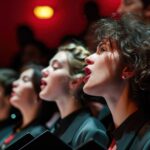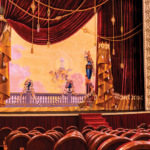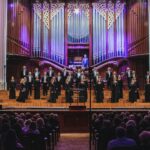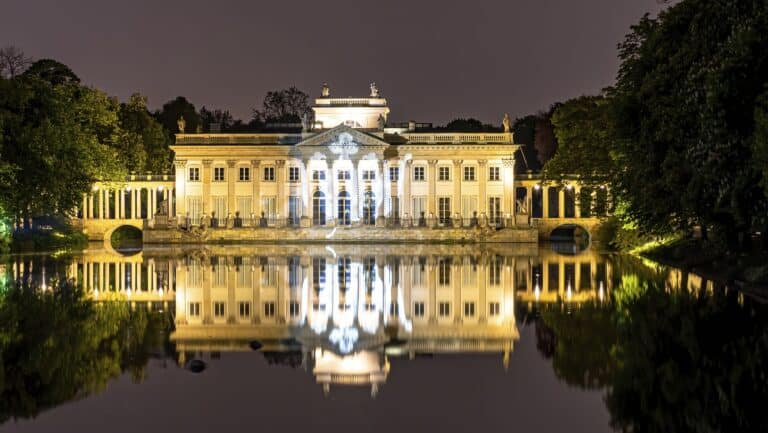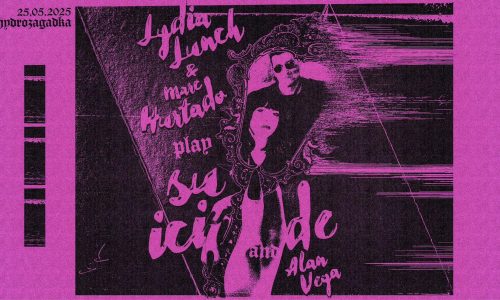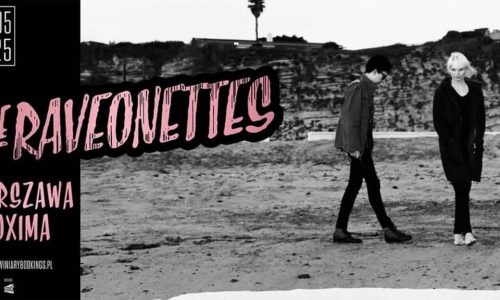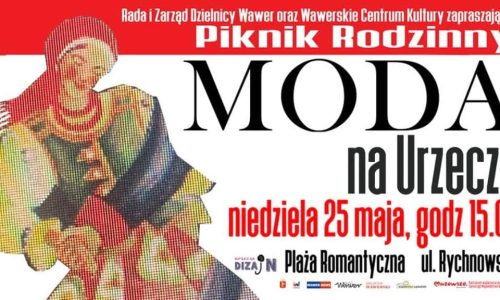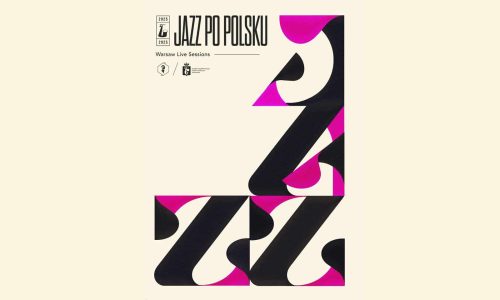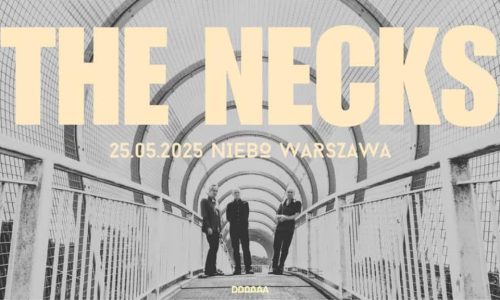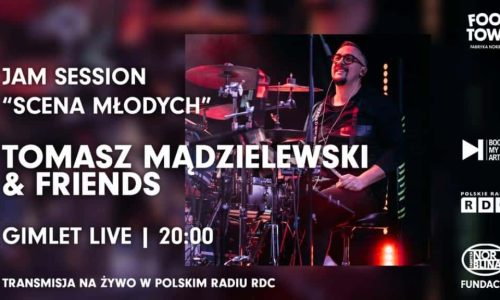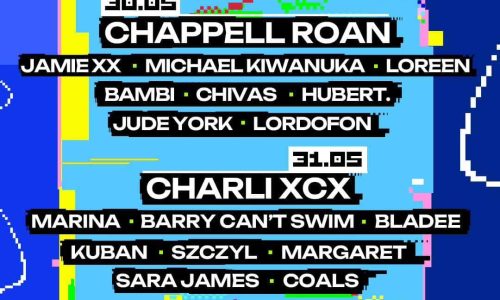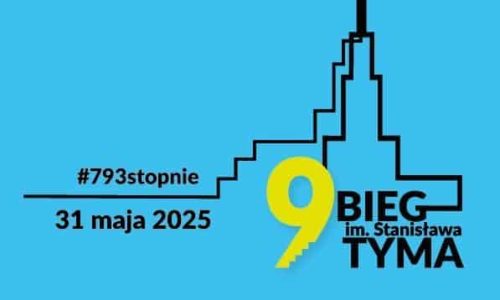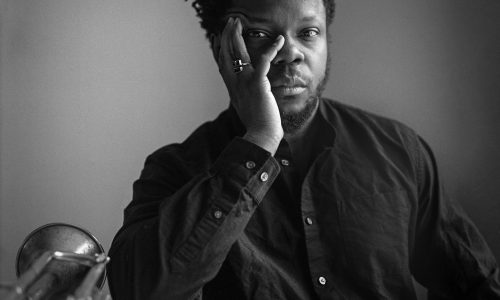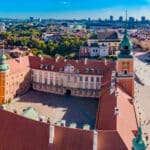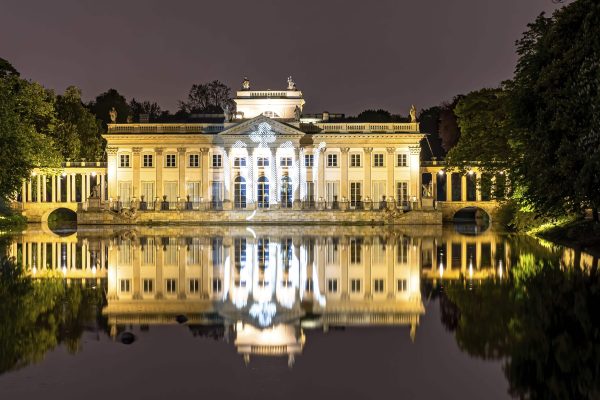When a writer commissions a composer to write music for his or her play, the writer must expect that the composer's name will henceforth be associated with the title of the work. Just as it would not be easy to name from memory the authors of the words of all our favourite opera arias, in the case of the drama Peer Gynt, many of us first think of the composer of the brilliant music, Edvard Grieg, rather than the playwright, Henrik Ibsen. Grieg divided selected fragments of the music for this work over time into two suites, which emigrated out into the wide world, successfully detaching themselves from their theatrical original.
On the one hand, the practice exercises, etudes and passages are the bane of most musicians, but on the other - useful exercises nonetheless. Overheard by American composer Kevin Puts, the simple harmonic progressions used to warm up a pianist in a passing auditorium may have influenced the shape of his warm-sounding Concerto for Marimba and Orchestra, written towards the end of the last century.
One can read of Jean Sibelius' Symphony No. 1, written a century earlier, that it comes from the tradition of Romantic programme music, although the composer himself would later deny that it was accompanied by extra-musical content. Somewhat in spite of the composer's claims, however, researchers have arrived at a precisely thought-out (though ultimately abandoned) programme for the work, which was to be entitled Musical Dialogue and drew on, among other things, Heine's poetry and - probably - Shakespeare's drama.
Performers:
National Philharmonic Orchestra
Niklas Willén conductor
Marianna Bednarska marimba
Programme
Edvard Grieg
Peer Gynt Suite No. 1 op. 46 [15′]
Kevin Puts
Concerto for marimba and orchestra [23′].
... pause [20′].
Jean Sibelius
Symphony No. 1 in E minor, Op. 39 [38′].















